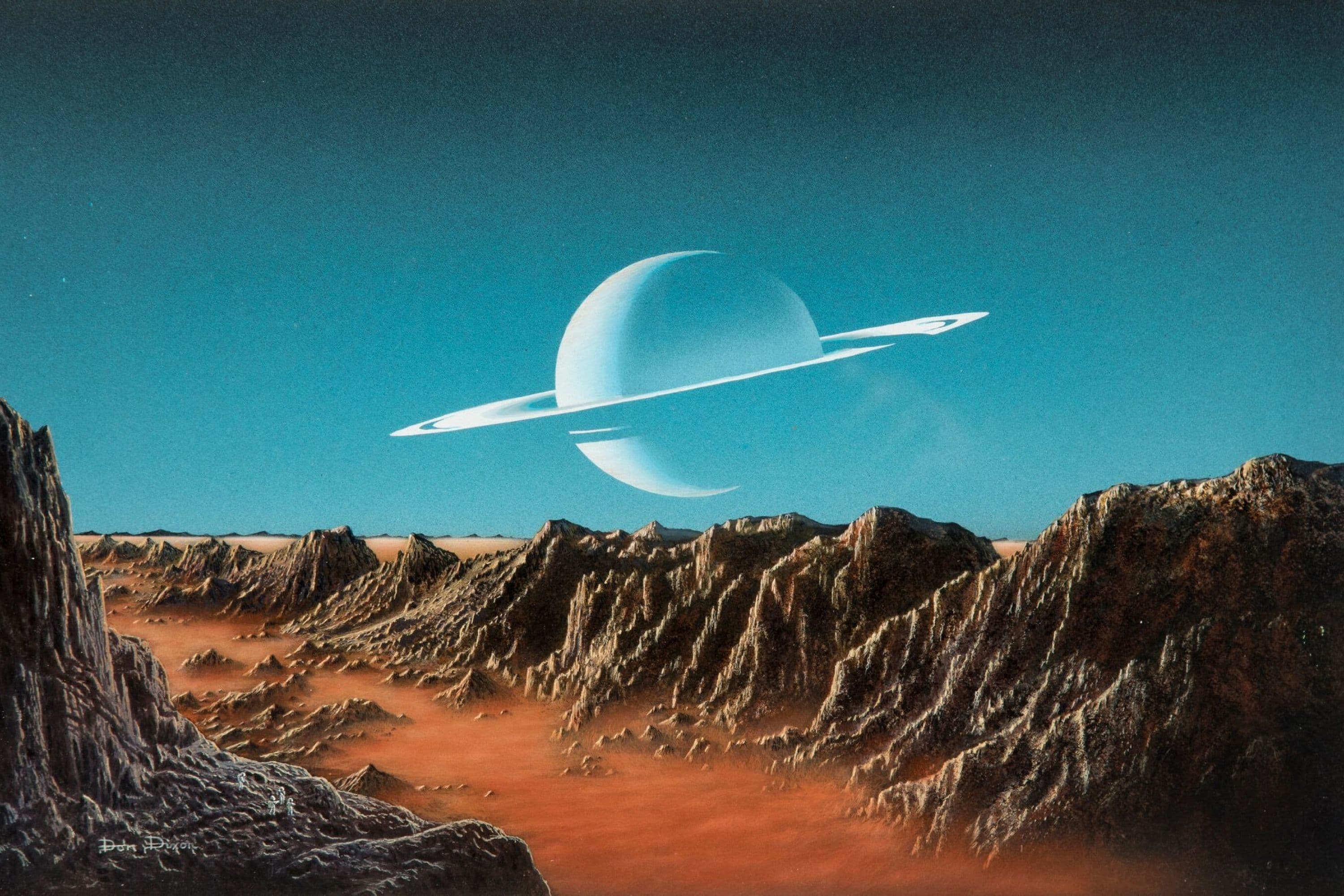
No, We Shouldn’t Ban Waymos Over a CatDec 12
on kitkat, the beloved sf feline who was run over by an autonomous vehicle, and jackie fielder, the pandering sf politician who now wants to ban the vehicles altogether
Oct 28, 2023

Readers, it’s great to be back in your inbox with the 28th issue of the White Pill, the world’s most excellent space, science, and technology newsletter. Since we took a bye last week, this White Pill is especially full of new developments you’ll want to read about.
Ok, let’s get to it.